Cardiovascular diseases are a class of diseases pertaining to your heart of blood vessels. Thus it encompassed various small
as well as large ailments. Although there are a few common types of CVD which everyone should be
aware of. They are usually caused by stress filled environment, lack of exercise and high fat and
sugar diet. Here I’ll list down a few such common CVD:
Cardiac Arrest
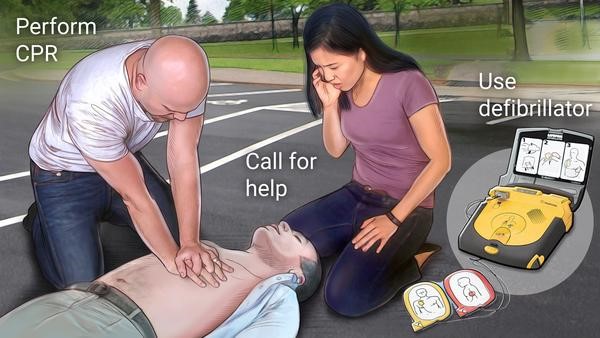
Cardiac arrest is the sudden and unexpected loss in the functioning of the heart. It is an emergency
and needs immediate medical attention like CPR or defibrillation, otherwise the results may be fatal.
It can cause loss of consciousness, difficulty in breathing and no pulse. Symptoms also include
dizziness and chest pains.
Major causes of cardiac arrest are arrhythmia in the heart. Arrhythmia is an abnormality in your
heart rhythm. To be on a safe side, it is important to do regular check-ups of your heart using ECG.
ECG is used to detect arrhythmia in your heart.
Stroke

Stroke is the damage to the brain caused due to an interruption in the blood supply. Symptoms include
paralysis, speech impediment, headaches and trouble walking.
Strokes are usually caused by blockages in blood vessels primarily due to blood clots. The clots
may form in the blood vessels of the brain or somewhere near the heart and travel to the brain.
Heart Attack
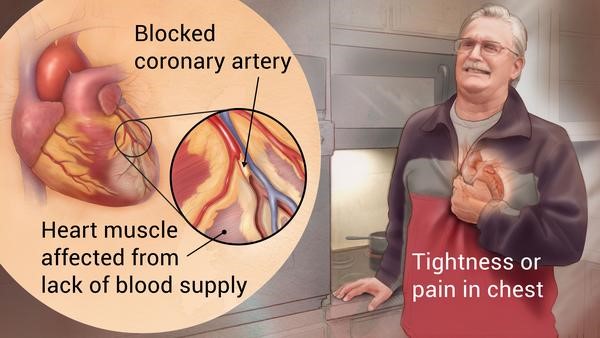
Heart Attack (also called as myocardial infarction) is something you must have obviously heard before.
It is caused by the blockage of blood flow to the heart muscles. If you feel chest pains, numbness
in your left hand, it is possible that a heart attack may be eminent.
Coronary arteries are blood vessels which carry oxygen-rich blood to the heart muscles. Heart attacks
are caused when these arteries are blocked and the heart muscles tire out due to lack of oxygen.
Coronary Artery Disease
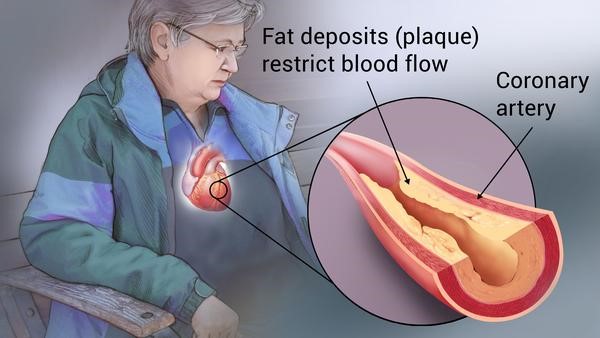
Coronary artery disease pertains to the major blood vessels in the body. Coronary artery disease
can range from no symptoms, to chest pain, to a heart attack.
The usual cause is the build-up of plaque. This causes coronary arteries to narrow, limiting blood
flow to the heart.




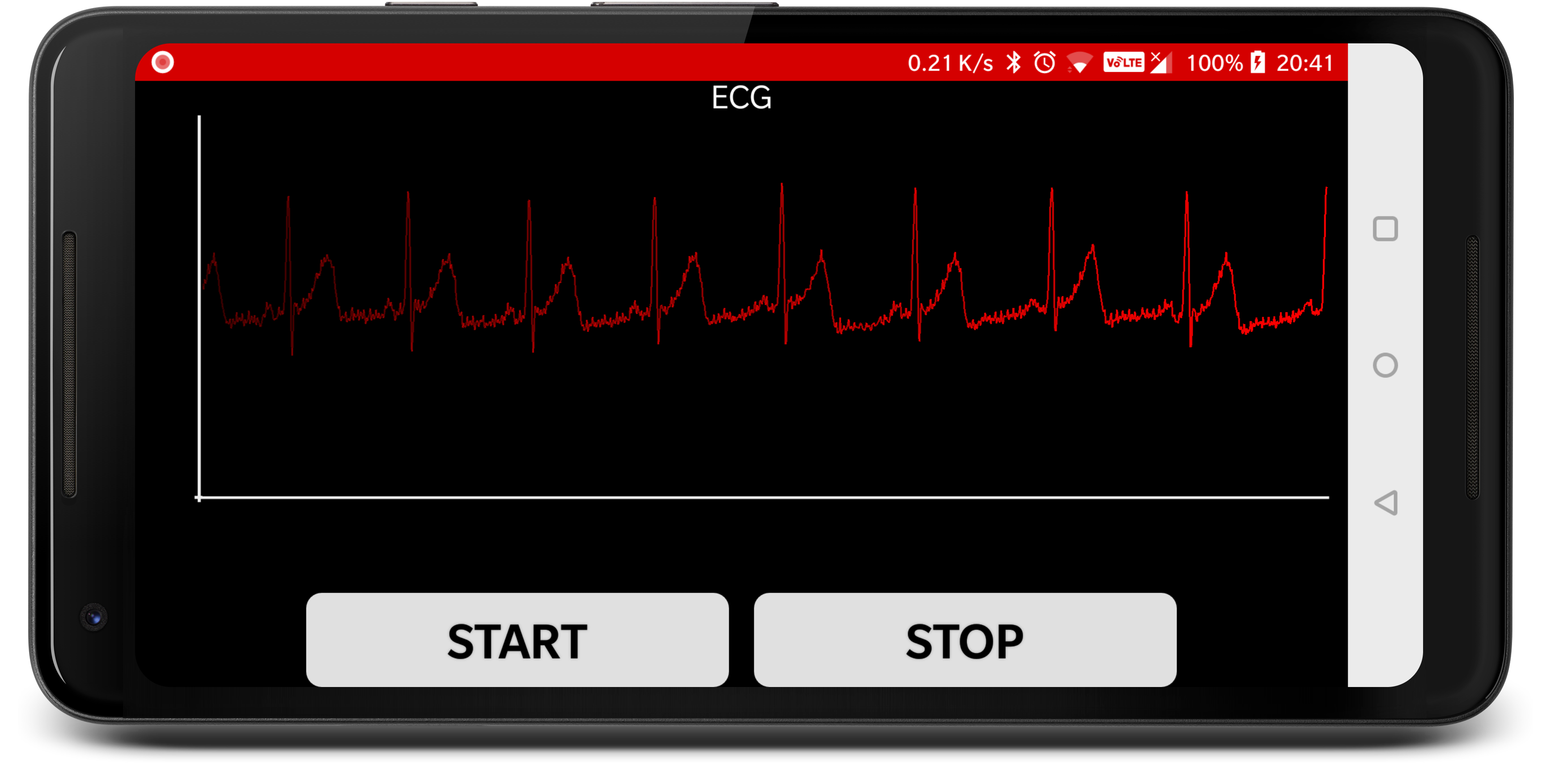
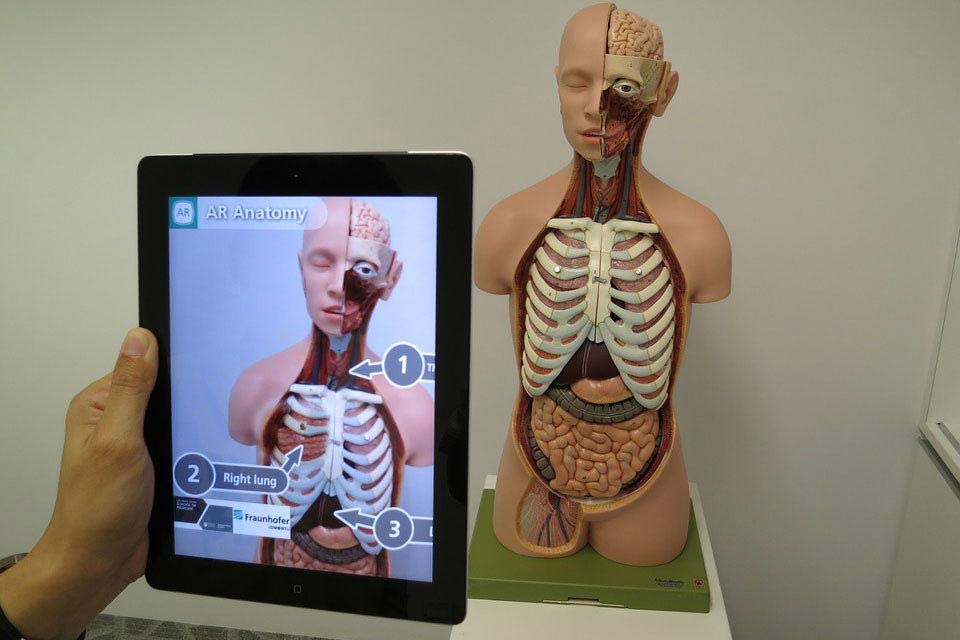







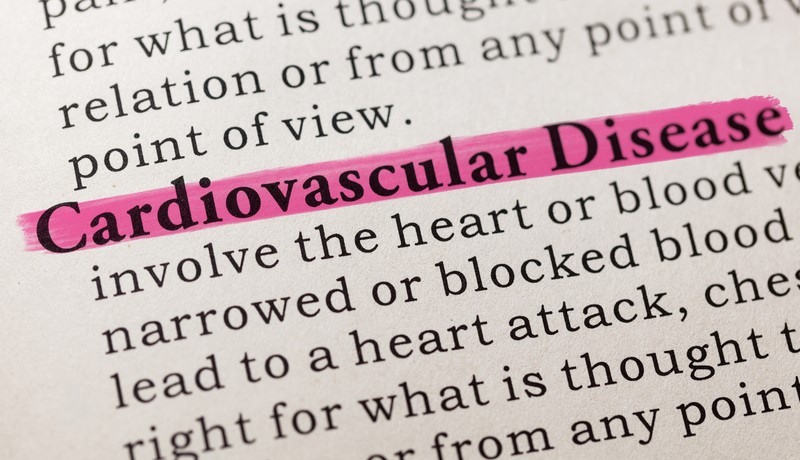
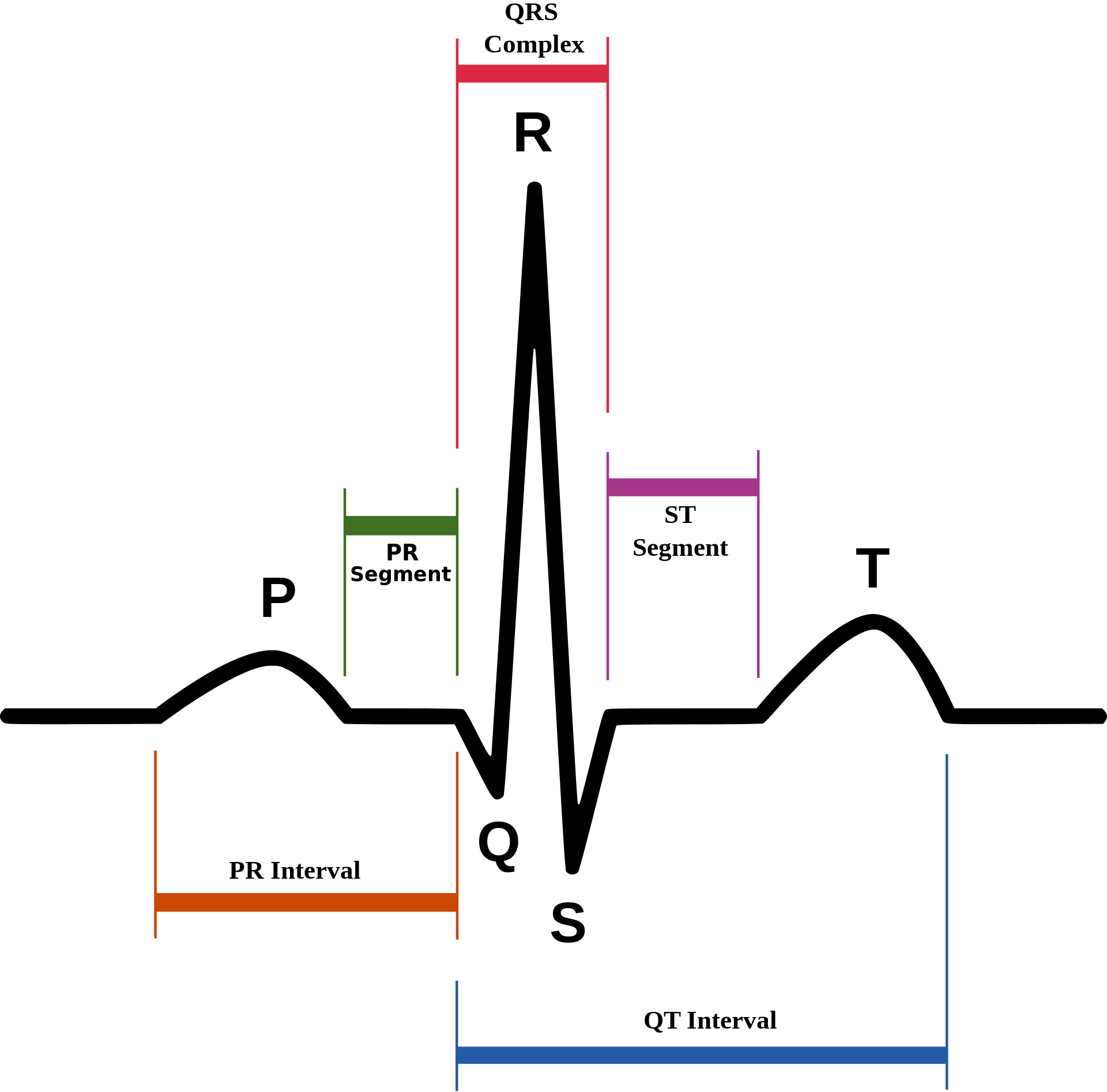

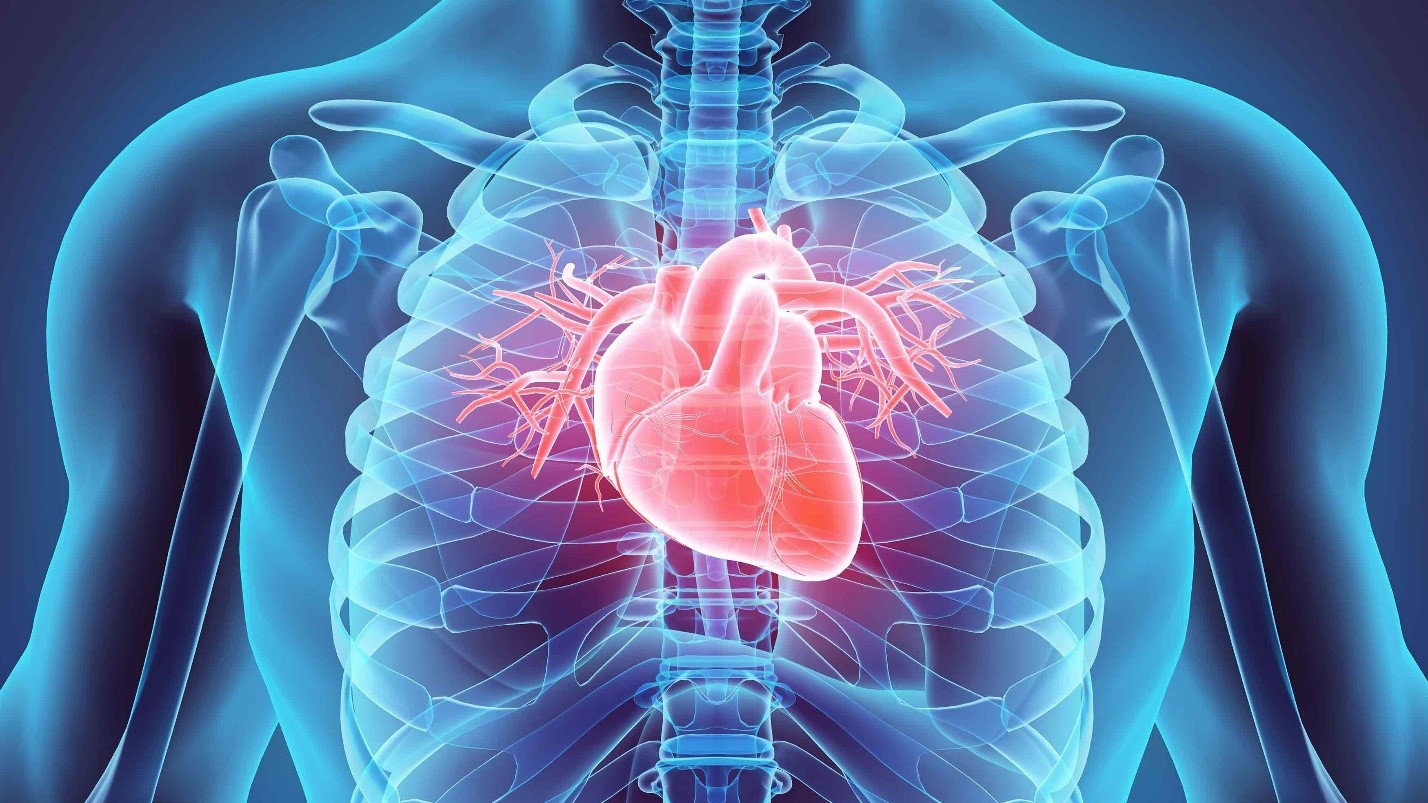
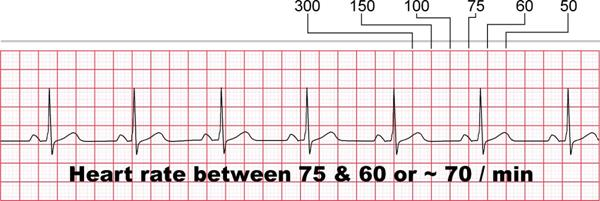 Fig2. ECG with markings
Fig2. ECG with markings



